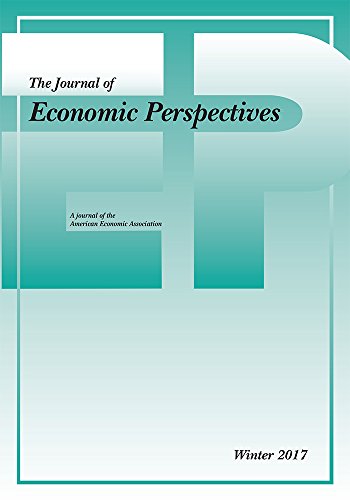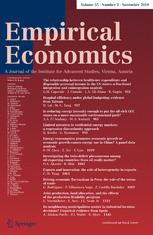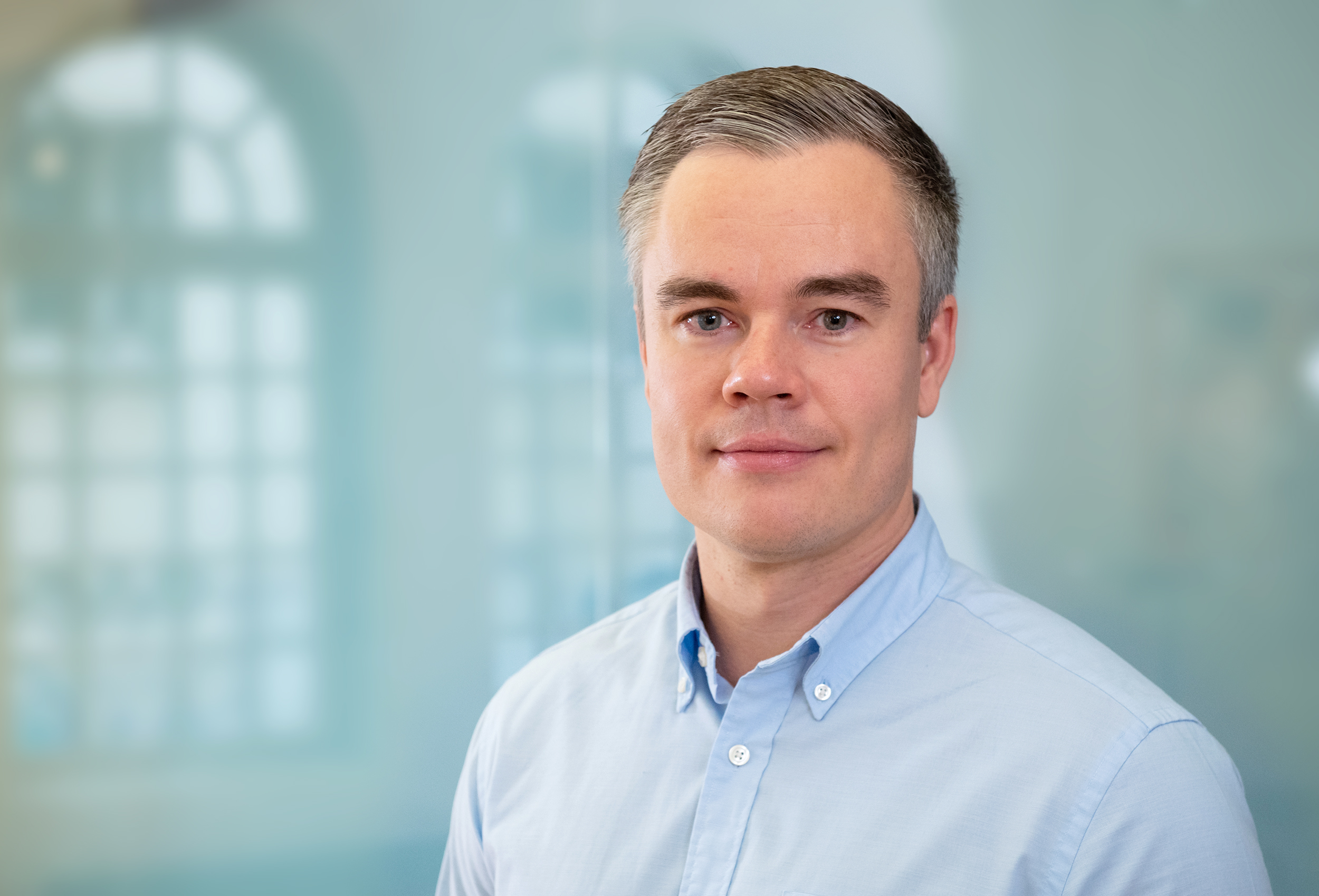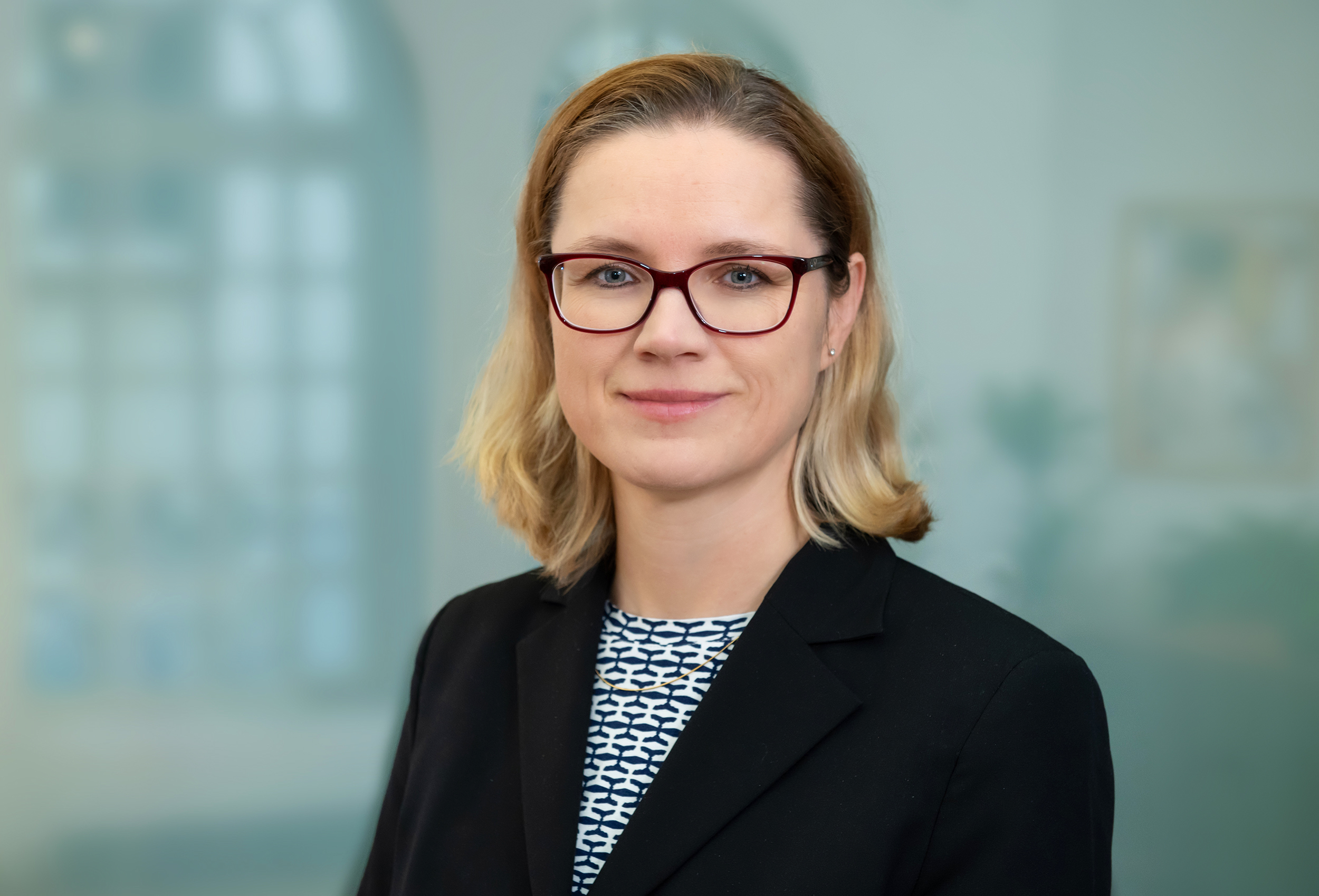Econometric Tools for Macroeconomic Forecasting and Simulation
The aim of the research group “Econometric Tools for Macroeconomic Forecasting and Simulation” is to enhance research on, and development, implementation, evaluation, and application of quantitative macroeconometric models for forecasting and analysing aggregate economic fluctuations and developments.
Besides forecasting macroeconomic dynamics, long-term growth processes and the interaction of economic activity and natural environment play a major role in simulation models that are mainly implemented for policy impact assessment. Research in this group contributes to the econometric foundation and the methodological improvements of the IWH forecasts and macroeconomic policy recommendations.
Furthermore, this group conducts comprehensive empirical analysis and develops econometric tools that are used for third-party funded projects. In recent years, models have been developed for Volkswagen Bank, for several economic ministries in central Asia with financial support by GIZ, for the German Environment Agency (UBA) and within the Horizon 2020 project ENTRANCES.
Workpackage 1: Nowcasting and Short-term Forecasting with Real-time Data
Workpackage 2: Simulation with GE Models and Integrated Assessment Models
IWH Data Project: IWH-Real-time Database and IWH Forecast Database
An important challenge is that macroeconomic data are substantially revised and that the data are published with a considerable time lag. We maintain a large database for major economic aggregates in euro area countries. Although Eurostat publishes national accounts data for all member countries no official real-time data exists and, hence, it is not possible to evaluate forecasts with real-time releases.
The database is complemented by other macro-economic variables that are revised or rebased over time. This unique database will summarise the official data in an efficient and easily accessible way. Furthermore, the database will be supplemented by a forecast database for euro area member states by the European Commission for national account aggregates and forecast assumptions.
The new web application IWH Forecasting Dashboard (ForDas) provides a platform for macroeconomic forecasts from various institutions for the German economy. Users of the Dashboard can assess historical and recent forecasts and to evaluate the forecast performance. Furthermore, it allows for direct comparison across forecast institutions.
Research Cluster
Economic Dynamics and StabilityYour contact

- Department Macroeconomics
EXTERNAL FUNDING
07.2022 ‐ 12.2026
Evaluation of the InvKG and the federal STARK programme
German Federal Ministry for Economic Affairs and Climate Action
On behalf of the Federal Ministry of Economics and Climate Protection, the IWH and the RWI are evaluating the use of the approximately 40 billion euros the federal government is providing to support the coal phase-out regions..
12.2024 ‐ 02.2026
Macroeconomic Modelling for Energy Investments in Vietnam
Deutsche Gesellschaft für Internationale Zusammenarbeit (GIZ) GmbH
08.2024 ‐ 03.2025
Strengthening Public Financial Management in Vietnam
Deutsche Gesellschaft für Internationale Zusammenarbeit (GIZ) GmbH
01.2023 ‐ 12.2023
Early determination of stable results for gross domestic product or real economic growth and gross value added at federal state level
Landesbetrieb Information und Technik Nordrhein-Westfalen
The project examines whether the accuracy of the first estimate of gross value added and gross domestic product for the federal states can be increased, thereby reducing the extent of subsequent revisions.
01.2018 ‐ 12.2023
EuropeAid (EU Framework Contract)
Europäische Kommission
05.2020 ‐ 09.2023
ENTRANCES: Energy Transitions from Coal and Carbon: Effects on Societies
Europäische Kommission
ENTRANCES aims at examining the effects of the coal phase-out in Europe. How does the phase-out transform society – and what can politics do about it?
This project has received funding from the European Union’s Horizon 2020 research and innovation programme under grant agreement No 883947.
10.2019 ‐ 01.2023
Climate Resilient Economic Development
Climate change has a substantial impact on economic growth and a country’s development. This increases the need for reliable and viable approaches to assessing the impact of climate risks and potential adaptation scenarios. Political decision-makers in ministries of planning and economy need sound forecasts in order to design and finance adequate economic policy instruments and actively to take countermeasures. In the pilot countries (Georgia, Kazakhstan and Vietnam), climate risk is included in macroeconomic modelling, enabling the results to be integrated into the policy process so as to facilitate adapted economic planning. The IWH team is responsible for macroeconomic modelling in Vietnam.
07.2016 ‐ 12.2018
Climate Protection and Coal Phaseout: Political Strategies and Measures up to 2030 and beyond
01.2017 ‐ 12.2017
Support to Sustainable Economic Development in Selected Regions of Uzbekistan
01.2017 ‐ 12.2017
Short-term Macroeconomic Forecasting Model in Ministry of Economic Development and Trade of Ukraine
01.2016 ‐ 12.2017
Development of analytical tools based on Input-Output table
The aim of the project was the development of an analytical tool to assess the gains and losses of possible state programs supporting the development of the private sector of the Tajik economy.
11.2015 ‐ 12.2016
Employment and Development in the Republic of Uzbekistan
Support to sustainable economic development in selected regions of Uzbekistan
05.2016 ‐ 05.2016
Framework and Finance for Private Sector Development in Tajikistan
02.2016 ‐ 04.2016
Macroeconomic Reforms and Green Growth - Assessment of economic modelling capacity in Vietnam
10.2015 ‐ 03.2016
Improved Evidence-based Policy Making - GIZ Tadschikistan
Deutsche Gesellschaft für Internationale Zusammenarbeit (GIZ) GmbH
Refereed Publications

For How Long Do IMF Forecasts of World Economic Growth Stay Up-to-date?
in: Applied Economics Letters, No. 3, 2019
Abstract
This study analyses the performance of the International Monetary Fund (IMF) World Economic Outlook output forecasts for the world and for both the advanced economies and the emerging and developing economies. With a focus on the forecast for the current year and the next year, we examine the durability of IMF forecasts, looking at how much time has to pass so that IMF forecasts can be improved by using leading indicators with monthly updates. Using a real-time data set for GDP and for indicators, we find that some simple single-indicator forecasts on the basis of data that are available at higher frequency can significantly outperform the IMF forecasts as soon as the publication of the IMF’s Outlook is only a few months old. In particular, there is an obvious gain using leading indicators from January to March for the forecast of the current year.

Should We Use Linearized Models To Calculate Fiscal Multipliers?
in: Journal of Applied Econometrics, No. 7, 2018
Abstract
We calculate the magnitude of the government consumption multiplier in linearized and nonlinear solutions of a New Keynesian model at the zero lower bound. Importantly, the model is amended with real rigidities to simultaneously account for the macroeconomic evidence of a low Phillips curve slope and the microeconomic evidence of frequent price changes. We show that the nonlinear solution is associated with a much smaller multiplier than the linearized solution in long‐lived liquidity traps, and pin down the key features in the model which account for the difference. Our results caution against the common practice of using linearized models to calculate fiscal multipliers in long‐lived liquidity traps.

On DSGE Models
in: Journal of Economic Perspectives, No. 3, 2018
Abstract
The outcome of any important macroeconomic policy change is the net effect of forces operating on different parts of the economy. A central challenge facing policymakers is how to assess the relative strength of those forces. Economists have a range of tools that can be used to make such assessments. Dynamic stochastic general equilibrium (DSGE) models are the leading tool for making such assessments in an open and transparent manner. We review the state of mainstream DSGE models before the financial crisis and the Great Recession. We then describe how DSGE models are estimated and evaluated. We address the question of why DSGE modelers—like most other economists and policymakers—failed to predict the financial crisis and the Great Recession, and how DSGE modelers responded to the financial crisis and its aftermath. We discuss how current DSGE models are actually used by policymakers. We then provide a brief response to some criticisms of DSGE models, with special emphasis on criticism by Joseph Stiglitz, and offer some concluding remarks.

Bottom-up or Direct? Forecasting German GDP in a Data-rich Environment
in: Empirical Economics, No. 2, 2018
Abstract
In this paper, we investigate whether there are benefits in disaggregating GDP into its components when nowcasting GDP. To answer this question, we conduct a realistic out-of-sample experiment that deals with the most prominent problems in short-term forecasting: mixed frequencies, ragged-edge data, asynchronous data releases and a large set of potential information. We compare a direct leading indicator-based GDP forecast with two bottom-up procedures—that is, forecasting GDP components from the production side or from the demand side. Generally, we find that the direct forecast performs relatively well. Among the disaggregated procedures, the production side seems to be better suited than the demand side to form a disaggregated GDP nowcast.

The European Refugee Crisis and the Natural Rate of Output
in: Applied Economics Letters, No. 16, 2017
Abstract
The European Commission follows a harmonized approach for calculating structural (potential) output for EU member states that takes into account labour as an important ingredient. This article shows how the recent huge migrants’ inflow to Europe affects trend output. Due to the fact that the immigrants immediately increase the working population but effectively do not enter the labour market, we illustrate that the potential output is potentially upward biased without any corrections. Taking Germany as an example, we find that the average medium-term potential growth rate is lower if the migration flow is modelled adequately compared to results based on the unadjusted European Commission procedure.
Working Papers

A Federal Long-run Projection Model for Germany
in: IWH Discussion Papers, No. 11, 2012
Abstract
Many economic decisions implicitly or explicitly rely on a projection of the medium- or long-term economic development of a country or region. In this paper, we provide a federal long-run projection model for Germany and the German states. The model fea-tures a top-down approach and, as major contribution, uses error correction models to estimate the regional economic development dependent on the national projection. For the medium- and long-term projection of economic activity, we apply a production function approach. We provide a detailed robustness analysis by systematically varying assumptions of the model. Additionally, we explore the effects of different demographic trends on economic development.

Does Central Bank Staff Beat Private Forecasters?
in: IWH Discussion Papers, No. 5, 2012
Abstract
In the tradition of Romer and Romer (2000), this paper compares staff forecasts of the Federal Reserve (Fed) and the European Central Bank (ECB) for inflation and output with corresponding private forecasts. Standard tests show that the Fed and less so the ECB have a considerable information advantage about inflation and output. Using novel tests for conditional predictive ability and forecast stability for the US, we identify the driving forces of the narrowing of the information advantage of Greenbook forecasts coinciding with the Great Moderation.

Is East Germany Catching Up? A Time Series Perspective
in: IWH Discussion Papers, No. 14, 2009
Abstract
This paper assesses whether the economy of East Germany is catching up with the West German region in terms of welfare. While the primary measure for convergence and catching up is per capita output, we also look at other macroeconomic indicators such as unemployment rates, wage rates, and production levels in the manufacturingsector. In contrast to existing studies of convergence between regions of reunified Germany, our approach is purely based upon the time series dimension and is thus directly focused on the catching up process in East Germany as a region. Our testing setup includes standard ADF unit root tests as well as unit root tests that endogenously allow for a break in the deterministic component of the process. In our analysis, we find evidence of catching up for East Germany for most of the indicators. However, convergence speed is slow, and thus it can be expected that the catching up process will take further decades until the regional gap is closed.

Workplace Equipment and Workplace Gap by Gender in East and West Germany
in: IWH Discussion Papers, No. 9, 2006
Abstract
In dem vorliegenden Aufsatz werden (a) Umfang und Struktur der vorhandenen Arbeitsplätze nach Geschlechtern in Ost- und Westdeutschland, (b) das geschlechtsspezifische Ausmaß der „Arbeitplatzlücke“ in beiden Großregionen sowie (c) die Ursachen für die – gemessen an Westdeutschland – höhere „Arbeitsplatzlücke“ in Ostdeutschland auf der Grundlage von Daten der Regionalen Volkswirtschaftlichen Gesamtrechnungen und der Bundesgentur für Arbeit untersucht. Die Analyse zeigt, dass im Jahr 2003 die „Arbeitsplatzausstattung“ je 1000 Erwerbsfähigen in Ostdeutschland fast genau so hoch war wie in Westdeutschland. Bei den Frauen lag sie sogar über dem westdeutschen Vergleichswert. Dennoch ist die Diskrepanz zwischen dem Arbeitsangebot und der Nachfrage bei den ostdeutschen Frauen und Männern erheblich größer. Dies ist zum einen auf strukturelle Ursachen und zum anderen auf die höhere Erwerbsneigung der ostdeutschen Frauen zurückzuführen, die insbesonde durch das tradierte Verhaltensmuster nach Erwerbsarbeit sowie die geringeren Haushalteinkommen in Ostdeutschland bedingt ist.


























